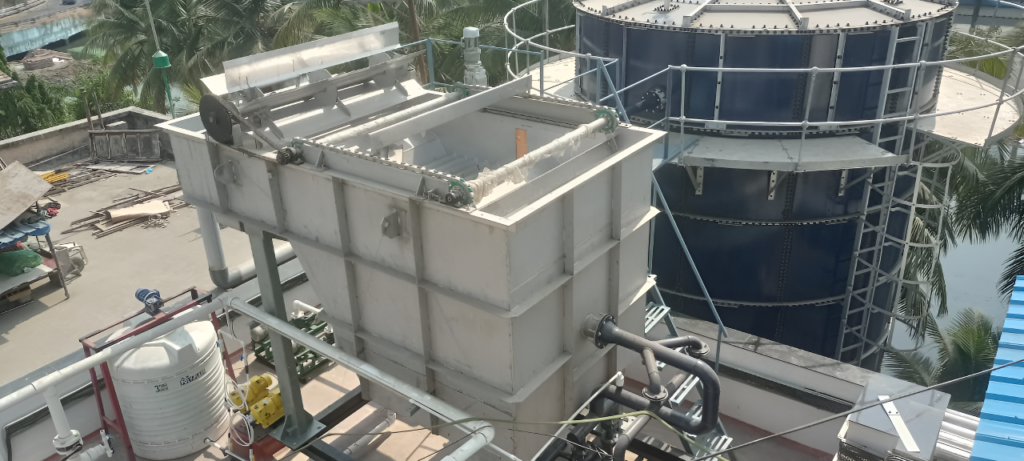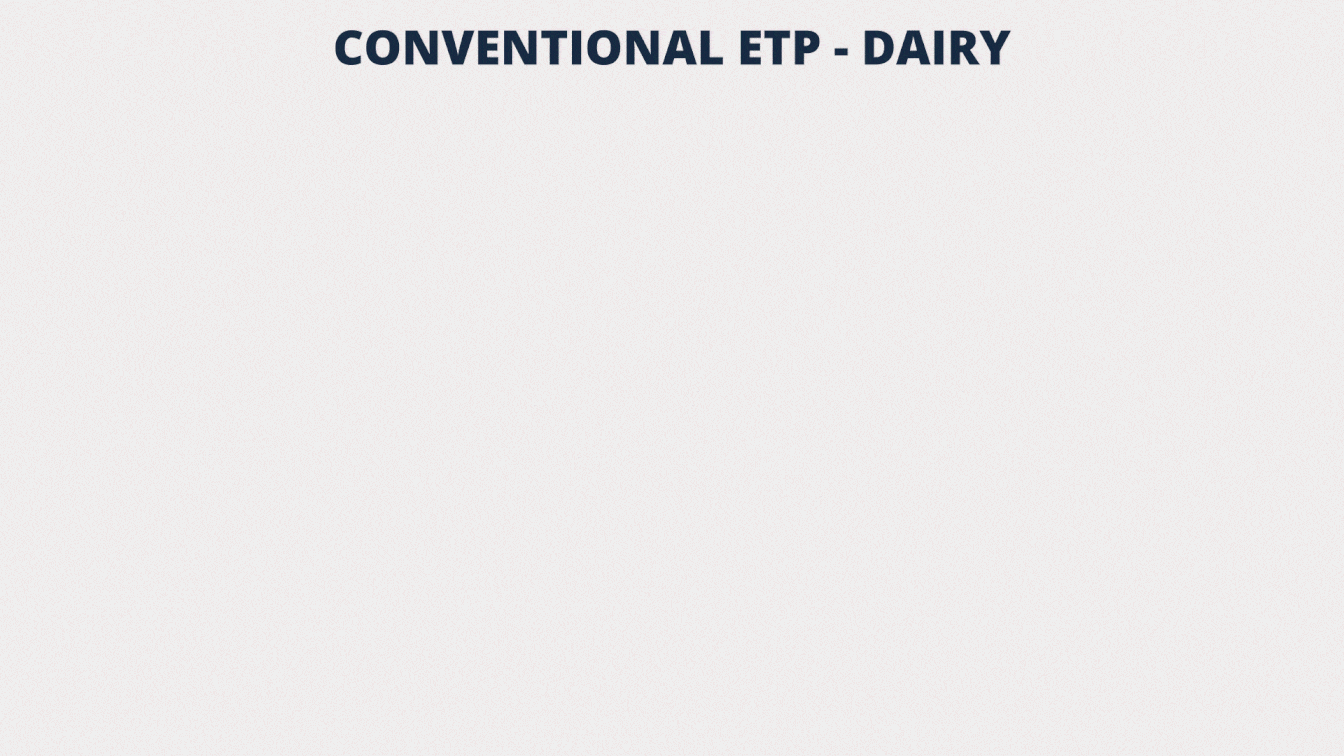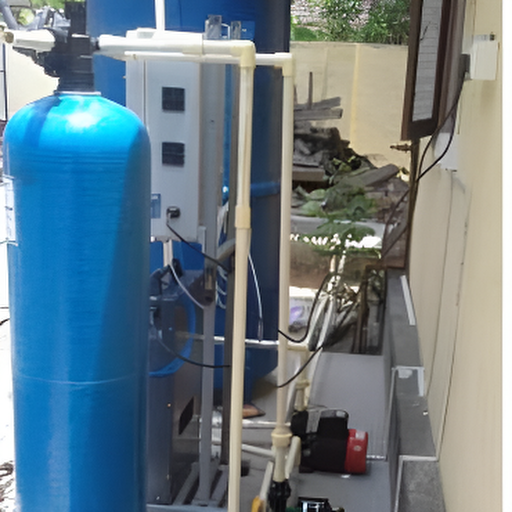Introduction:
Dairy production is a significant industry that plays a crucial role in the global food supply. However, the process of transforming milk into various dairy products generates substantial amounts of wastewater. While it may seem like a simple byproduct, dairy wastewater poses several challenges and detrimental effects on the environment.
Dairy wastewater is far from being a simple byproduct of the dairy industry. Its enormous volume, high organic load, nutrient content, pathogens, and heavy metal contamination contribute to its complexity and harmful effects. To mitigate these issues, implementing proper wastewater treatment processes is crucial. The adoption of advanced technologies and sustainable practices can help reduce the environmental impact of dairy wastewater and safeguard our ecosystems for future generations. It is imperative for dairy producers, regulatory bodies, and consumers to collectively address these challenges and promote responsible wastewater management in the dairy industry.
What can we do?
Installing an Effluent Treatment Plant (ETP) is the best thing we can do. An ETP plays a crucial role in mitigating the negative impact of dairy wastewater on the environment. These specialized treatment systems are designed to remove pollutants, reduce the biochemical oxygen demand (BOD), and achieve compliance with environmental regulations before the effluent is discharged or reused.
Key Benefits of Effluent Treatment Plants:
1. Environmental Protection: ETPs ensure that dairy wastewater is treated before it is released into the environment. Through various treatment processes such as screening sedimentation, aeration, biological treatment, and disinfection, ETPs effectively remove organic matter, nutrients, and harmful microorganisms, safeguarding water bodies and preserving ecosystems.
2. Compliance with Regulations: Governments and regulatory bodies impose strict standards for wastewater discharge. By implementing an ETP, dairy processing facilities can meet these stringent regulations and avoid legal penalties. Compliance not only ensures environmental protection but also enhances the company’s reputation as a responsible and sustainable operation.
3. Resource Conservation: Dairy wastewater can be a valuable resource if treated appropriately. ETPs allow for the recovery and reuse of treated water, reducing the strain on freshwater sources and providing an alternative water supply for non-potable applications within the dairy plant, such as equipment cleaning and irrigation.
4. Cost Savings: Implementing an ETP can lead to significant cost savings in the long run. By recycling and reusing water, dairy facilities can reduce their dependence on fresh water sources, thereby lowering operational expenses. Additionally, some treatment processes may yield byproducts like biogas or fertilizers, which can be utilized on-site or sold, generating additional revenue.
5. Sustainable Brand Image: As consumers increasingly prioritize environmental sustainability, companies that demonstrate a commitment to responsible wastewater management gain a competitive edge. An ETP showcases a dairy business’s dedication to environmental stewardship and positions it as a socially responsible entity, attracting eco-conscious consumers and business partners.

What UY Trienviro can do?
UY Trienviro has made severe efforts in reducing the pollution load released by dairies by installing cost-effective and highly advanced Effluent Treatment Plants in many dairies. As an end–to–end solution provider, we strive to provide complete solutions to our clients.
Innovative solutions provided by us:
1. Glass-lined Fused (GFS) Tank-based complete mixed digester: We are one of the 1st companies in India to provide a GFS tank-based anaerobic digester. There are many benefits behind the installation of the same:
a. Long life of the tank due to non-corrosion.
b. Zero maintenance in comparison to conventional MSEP tanks.
c. Lower installation time.
d. Zero choking chances.
e. Carryover chance from anaerobic to aerobic becomes NIL
Learn more about GFS Tanks click here.
2. Membrane Bio Reactor (MBR) Based aerobic tank: MBR is a highly sophisticated technology that helps in the more efficient treatment of wastewater. It also has a lot of benefits like:
a. Lower footprint of tanks.
b. No polishing unit is required.
c. No Ultra Filtration Plant is required.
d. Complete mixed digester better than up flow Aerobic Sludge Bed (UASB) Technology.
e. Treated water from this tank is good for direct RO feed or reuse in the cleaning process.

3. Compact WWTP for Bulk Milk Chilling Centers: We have come up with patented – compact wastewater treatment plant having excellent capabilities to treat tough effluents of dairy. It works on a plug – n – play model and takes very less footprint and energy. It uses advanced oxidation technology to oxidize various organic impurities and to treat the effluent up to the required parameters.












